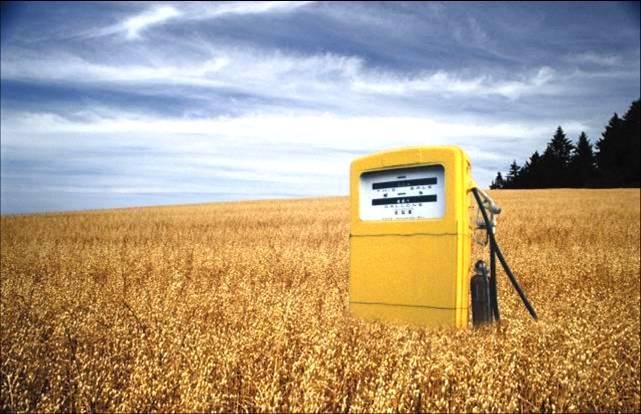precipitation
There have increasing reports of severe weather conditions throughout the world. Certain areas are facing record-breaking water shortages while others are faced with unprecedented flooding. There are a myriad of circumstances that are leading to these conditions. However, the amount of precipitation an area receives is a dominating factor.
Precipitation is part of the atmosphere and composed of water or water vapor. Atmospheric water exists mostly as vapor, but briefly and locally becomes a liquid (rainfall and cloud water droplets) or a solid (snowfall, cloud ice crystal and hails).
Precipitation events are recorded by gauges at specific locations. Point precipitation data is used collectively to estimate the areal variability of rain and snow. Rainfall data are usually represented as mm/hr, mm/day, etc.
When precipitation falls, it provides the water necessary for groundwater recharge. This is the process of surface water percolating through the soil to become groundwater. It is the main way in which water enters aquifers. Aquifers are the main source of potable water for humans.
Rain drops may be considered falling bodies which are subject to gravitational, buoyancy and air resistance effects. Raindrop velocity at equilibrium (also known as terminal velocity) is related to the square of rain drop diameter. Larger drops fall faster and are able to collect more water during the fall. However, if a drop is too large (greater than 6/7mm in diameter), it tends to break into smaller droplets.

As with the other components of the hydrological cycle, the sun is the driving force behind precipitation. Precipitation comes from water vapor generated by the solar radiation from land and water. It requires vertical flowing air, as well. As water is composed of hydrogen and oxygen, it is lighter than the air when in its vaporous form.
Precipitation is affected by a variety of factors: wind, temperature, atmospheric pressure and local landscapes. It is created in two ways:
- Ice crystal process – aerosols act as the freezing nuclei. Ice crystals grow around the nuclei and fall to the ground, although they often melt before hitting the ground.
- Coalescence process – small cloud droplets increase in size as they come in contact with other droplets through collision.
The three major categories of precipitation include:
- Convective – heating air near the ground expands and absorbs more water moisture. The moisture-laden air moves up and gets condensed due to lower temperatures, thus producing precipitation. Conductive precipitation ranges from light showers to thunderstorms with extremely high intensity.
- Orographic – the uplifting air caused by natural barriers such as mountain ranges.
- Cyclonic – the uneven heating of the earth’s surface by the sun results in high a low-pressure regions and air masses move from high-pressure regions to low pressure regions. If warm air replaces colder air, the front is called a warm front. If cold air displaces warm air, it is called a cold front.
Precipitation is also one of the factors that aids in the climate classification of a given area. If an area receives less than 200mm/year it is considered arid. If it receives less than 400mm/year, it is considered semi-arid. Conversely, if an area receives more than 1000mm/year it is considered humid and if it receives more than 800mm/year it is classified as semi-humid.

